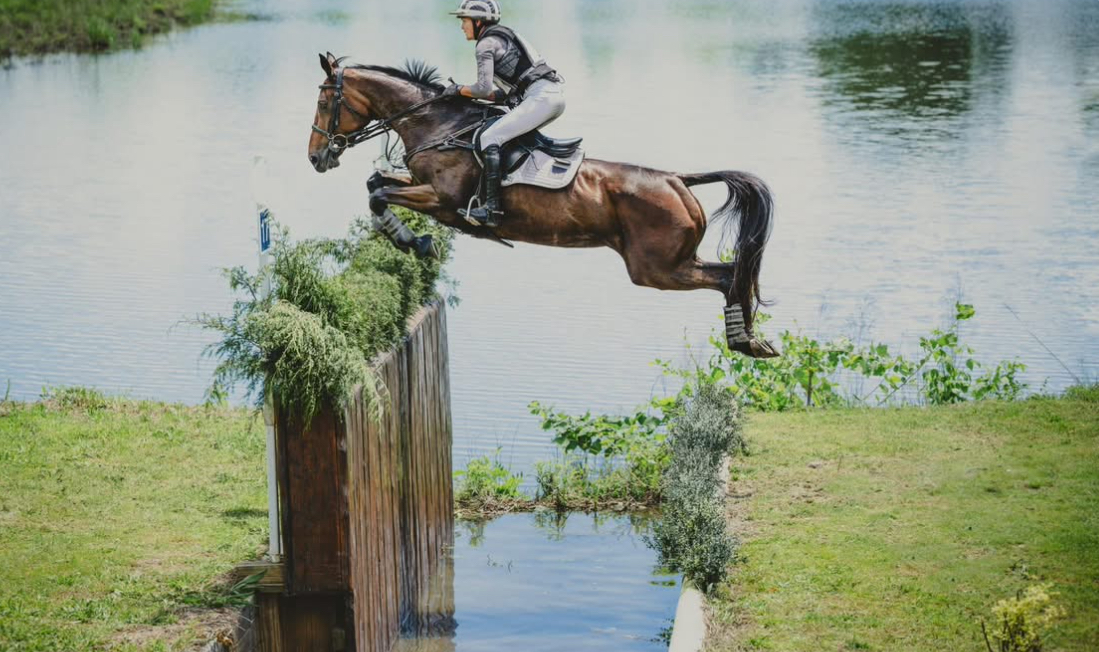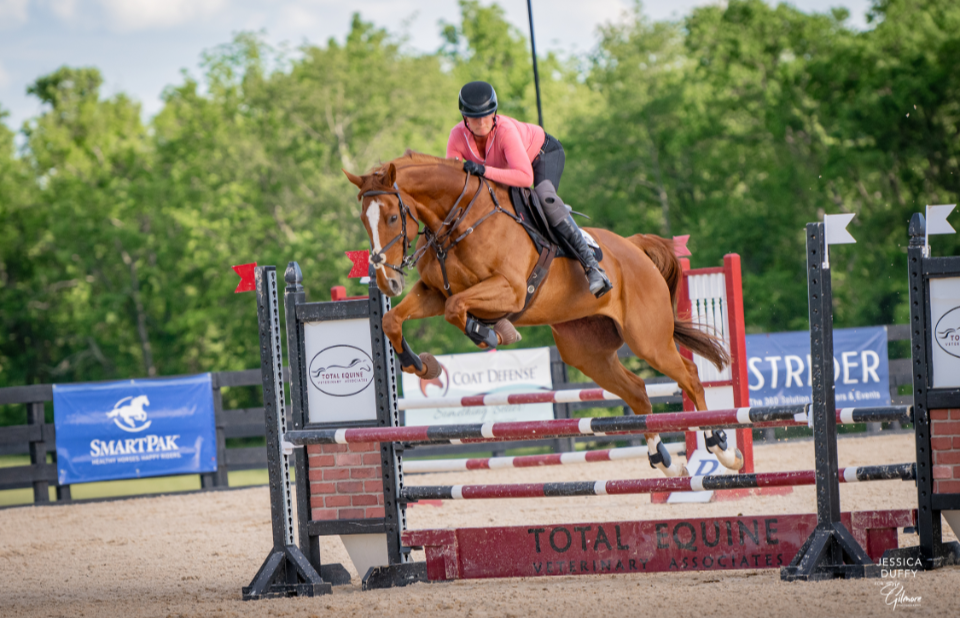Fair Hill has my full attention, but if you have been reading Eventing Nation for the past week you know that a certain CCI4* is competing this weekend in sunny France. Our good friend Monty White from across the pond is lucky enough to be attending Pau this weekend. Monty has Pau on lockdown over on his blog, The Talking Horse, which is an official EN must read. Monty was kind enough to send us a preview of the CCI4* course.
—-
From Monty:
If Pau ever runs in April, I predict, EN John’s Apr
Pau, if you’ve never been here, is double flat, like I mean bowling green flat. The event site is a racetrack and training centre for thoroughbreds, and the course designers over the years have adapted to this by digging holes and creating mounds. The over riding theme on this cross country course is fences on man made mounds of earth. If it’s not a mound it’s a fence over a ditch, a corner brush or a water complex. Apart from the beginning and end there are few let-up fences or places to have a really good stretch and make up time.
Optimum time for the course is 10:39, and it’s very ‘loopy’, running across the racehorse training grounds for the middle of the course then looping back to the water for the last of three opportunities to get wet.
As is often the case, Fence 4 provides the first ‘question’, a tight left hand turn from an upright to a corner brush. It’s actually pretty big, and grows as you approach it.

Fence 6 looks like a straightforward upright but it’s a hanging log over a ditch that has been masked by those flowers, and the ditch is covered with bright shavings. Mind you, you’d be going so fast that that you wouldn’t have time to notice any of that.

And so the mole hills begin! A bounce to a drop followed by two strides to an angled brush follow. Get this wrong and you could be setting yourself up for more problems later on.

The first water is straightforward enough, if you like skinny brushes in the water, followed by yet another brush corner.


Head on over a table and then to another mound, this time with a duck on top where the landing side is pretty steep. Yikes!


Fence 14 brings two mounds together with arrow heads mounted aloft, tricky striding in between. I plan to watch this one.

Then we enter the racehorse training grounds proper and this where the ditches begin, but not before another mound, and as Paul Tapner aptly described it probably the trickiest line so far. Parts B&C force you onto a tight left turn around some over-sided pot plants.


Then down to an angled flower box over a ditch:

This section is very similar to the vicarage fields at Badminton criss crossing a ditch:



It’s a another tight left hand turn to 21 and into the water:


The next four fences are straightforward and not upto to maximum height then it’s back to the water.

Turn sharp right to a big step up then work out how to stride parts c and d, on top of another mound. This really didn’t walk well at all for anyone:

On and over another table then up another mound with a brush upright dropping down a slope taking care to turn right half way down and over another corner brush.

Two more straightforward fences and your home crossing the finish line in the arena.
Personally I think this course looks more straightforward than it is. The flat terrain is deceptive, the fences on mounds will have two affects. Firstly it’s a confidence killer, because the horses are being asked to jump blind summits. Get one or two wrong and the horses might start to get wary. Secondly these mounds will affect horses leg weariness, and therefore affect the showjumping. The water fences are generally straightforward, and the water is shallow.
The tight turns all over the course, and the related distances on top of mounds is what I think will force the time faults, and errors. My first impression is that Fences 14, 15 & 26 C&D, and 28B will see most run outs.






















